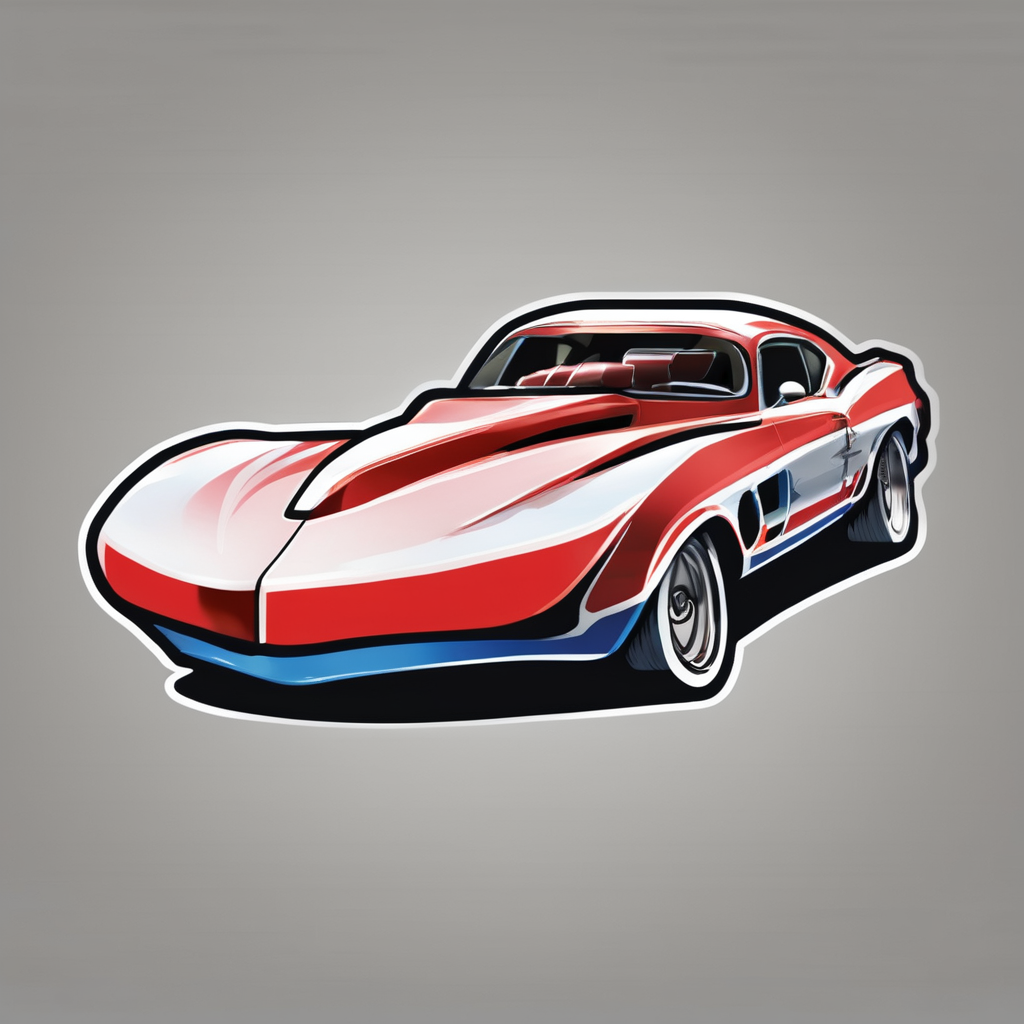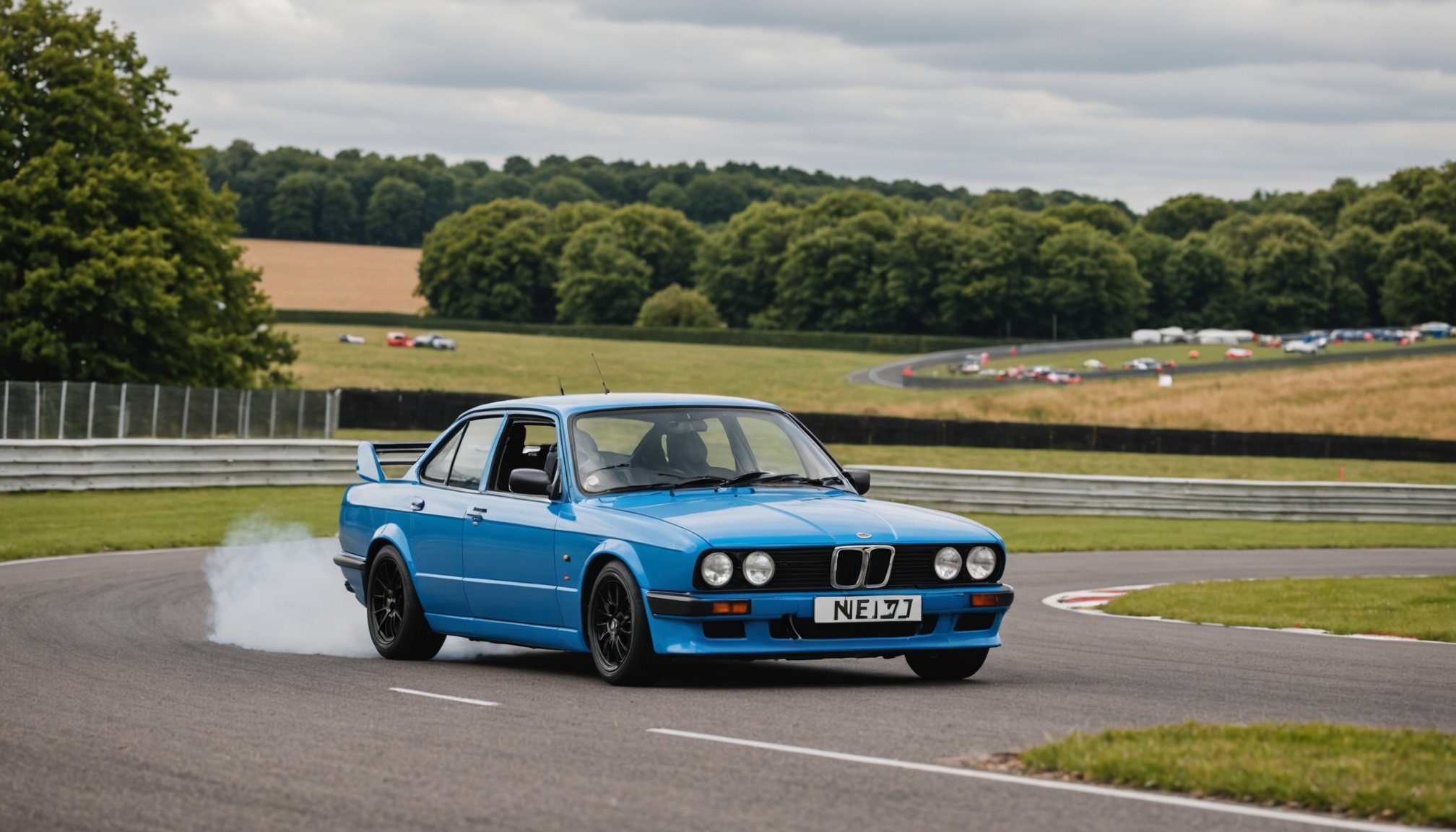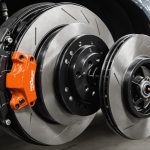Understanding the Track Day Experience
A track day offers an exhilarating opportunity to explore your car’s performance in a controlled environment. Typically held at racing circuits, these events allow enthusiasts to drive their vehicles on the same terrain used by professional racers. By participating, drivers not only learn valuable skills but also experience their car’s capabilities without the constraints of public roads.
Benefits of attending a track day are manifold. You’ll notice improvements in your driving precision, better control over your vehicle, and enhanced confidence behind the wheel. Plus, the camaraderie among fellow drivers fosters a sense of community and shared passion.
Also to see : Prolonging performance: key strategies to maximize the lifespan of high-performance brakes in uk sports cars
However, several misconceptions about track days can deter potential participants. Some believe track days are reserved for seasoned racers or require heavily modified cars. In reality, most events welcome all levels of experience and accommodate standard street vehicles. Fairly priced, UK track days offer various packages to suit different needs.
Before heading to your first event, remember that a solid track day preparation is key. Focus on familiarizing yourself with the event rules and prepping your car adequately. Embrace the challenge and enjoy the surge of adrenaline as you tear down a race track for the first time.
Additional reading : Ultimate guide to brake fluid replacement: a comprehensive step-by-step approach for uk car enthusiasts
Essential Vehicle Maintenance Tips
Before embarking on a track day adventure, thorough car maintenance is crucial to ensure optimal performance and safety. A pre-track day inspection focuses on several key areas, each critical to your vehicle’s readiness.
Brakes: The braking system is paramount due to the high-speed nature of the event. Ensure the brake pads have sufficient life and check for any signs of wear or damage on the rotors. Properly functioning brakes enhance control and safety on the track.
Tires: Examine your tires for adequacy. They should have good tread depth and be properly inflated, as tire performance significantly impacts handling and grip. Consider bringing a pressure gauge for real-time adjustments during the day.
Fluid Levels: Checking engine oil, coolant, and brake fluid levels is another essential step. These fluids ensure your vehicle runs smoothly, reducing the risk of mechanical failure. Remember, a topped-up tank is vital for uninterrupted practice laps.
For performance enhancements, regular practices like aligning the wheels, examining the suspension, and ensuring the engine is well-tuned can afford better lap times. By adhering to these guidelines, you’ll be better placed to navigate the track safely and enjoyably. Your vehicle care ensures not just a day of thrill but also minimises risks associated with high-speed driving.
Recommended Modifications for Track Performance
When considering performance modifications for your car, it’s essential to evaluate whether such enhancements will truly benefit your track performance. While some drivers might opt for extensive upgrades, others might find that minimal adjustments suffice.
A common starting point is to assess your car’s suspension system. Suspension upgrades and proper alignment can significantly improve handling, offering better stability and control during high-speed turns. This means you’ll experience enhanced grip and more accurate steering, helping you shave off precious seconds from your lap times.
Another popular modification focuses on tuning the engine for track readiness. This can involve software upgrades that boost horsepower and torque or installing more efficient exhaust systems to improve airflow. However, it’s crucial to consider how these changes affect your car’s overall balance and drivability.
While contemplating modifications, always weigh their necessity against the cost and impact on daily usability. Not every car requires significant alterations to perform well in a track environment. Many vehicles can achieve remarkable results with basic adjustments, ensuring you don’t compromise comfort or practicality when cruising off the track. Deciding on the right modifications is about understanding your car’s potential and aligning upgrades with your driving goals and style.
Checklist of Items to Bring
Preparing for a track day isn’t just about your car’s performance—bringing the right items and supplies enhances your experience and ensures you’re ready for any eventuality. A track day checklist helps keep everything organized and lets you focus on enjoying the drive.
-
Personal Items: A valid driver’s license and your track day booking confirmation are essential. Pack protective equipment like a helmet and racing suit. Some tracks may allow rental gear, but having your own ensures a proper fit.
-
Vehicle Supplies: Bring your preferred automotive tools for any quick adjustments or unexpected repairs. A tire pressure gauge, torque wrench, and spare fluids (oil, coolant) can be lifesavers.
-
Comfort and Convenience: Pack water, snacks, and sunscreen. Track days can be long, and staying hydrated and nourished keeps your energy levels up. A folding chair provides comfort between sessions.
-
Documentation: Keep a record of your car’s maintenance and any recent work performed. This could be particularly useful for diagnosing any issues that arise during the event.
Organize and document these items to ensure nothing vital gets left behind. A well-thought-out approach contributes to a smooth, memorable day on the track.
Safety Gear and Equipment
Investing in track day safety gear is crucial for maximizing both enjoyment and protection. At the core of your protective ensemble are your helmet and race suit, serving as fundamental drivers of safety.
These elements form the Personal Protective Equipment (PPE) required for participation. A helmet, meeting specific safety standards, protects your head from potential impacts, while a fire-resistant race suit shields against abrasions and heat. Comfort and fit are essential, affecting not just safety but also performance on the track.
When selecting the right gear, consider industry recommendations and comfort. Helmets should fit snugly without causing pressure points. Many drivers prefer those certified by Snell or FIA for their rigorous safety standards. Race suits, on the other hand, should allow free movement while maintaining a snug fit. Material breathability is key, preventing discomfort during long sessions.
Beyond helmets and suits, consider accessories such as gloves and racing shoes—these contribute significantly to precision and control. Gloves with good grip enhance steering control, while specialised shoes improve pedal feel. Prioritising quality protective equipment empowers drivers to focus on mastering their track skills, ensuring a safe and exhilarating experience.
Selecting the Right Track
Choosing the perfect track for your track day is an exciting adventure, yet it requires careful consideration. Start by identifying the type of driving you wish to experience. Some UK race tracks offer high-speed straights suited for testing car performance, while others present technical layouts that challenge handling and precision.
When evaluating UK track days, consider the track’s safety features, such as runoff areas and crash barriers, which are crucial for minimizing risks. Accessibility is also significant, as tracks located nearer to home reduce travel stress and costs. Top picks like the Silverstone Circuit or Brands Hatch cater to various driving goals, allowing beginners and seasoned drivers alike to hone their skills.
Understanding the track layout is essential. Speak to fellow enthusiasts or use online resources for maps and descriptions. This insight helps anticipate track turns and straights, which can guide your track day preparation.
Finally, consider community and facilities available at the venue. Many tracks offer networking opportunities with other drivers, fostering a shared learning environment. On-site amenities like garages and cafeterias enhance your track day enjoyment. By considering these factors, you can ensure the track chosen aligns with your skill level and objectives, paving the way for an unforgettable experience.
Frequently Asked Questions (FAQs)
Taking part in a track day might stir up various inquiries. Firstly, a common question is: Do I need a specialised car for UK track days? The answer is no. Most track days welcome standard street vehicles, with no necessity for extensive modifications. The emphasis is more on track day preparation to ensure driver safety and car performance, rather than the type of vehicle itself.
Now, you might wonder: What safety gear is essential? A properly fitting helmet and a flame-resistant race suit are typically mandatory. This protective equipment ensures driver protection and adheres to event regulations.
Another frequent concern: What if I’m nervous about driving on the track? Calm your nerves by arriving early, allowing yourself time to acclimate to the environment. Familiarise yourself with the track layout and, if available, attend briefing sessions. Engaging with the track day community can provide supportive tips and guidance.
Lastly, What documents do I need? Ensure you have a valid driver’s license and track day booking confirmation. Keep a record of your car’s maintenance, including recent checks and any performed upgrades, which could prove vital.
Insights on the Track Day Experience
Engaging in a track day experience offers a unique opportunity to test your limits and enjoy car performance in a way that street driving cannot afford. Expect a day packed with high-speed adrenaline and the chance to hone your driving skills. Typically, the day starts with a briefing session giving insights into the track layout, safety protocols, and the day’s schedule, guiding participants on how to effectively use the track.
To maximize enjoyment and safety, arrive early and familiarize yourself with the venue’s facilities. Observe other drivers and, if available, get professional coaching for an enhanced driving technique. Track day experiences thrive on the spirit of shared passion, often fostering new friendships and networking opportunities. Connecting with other enthusiasts can provide invaluable tips and strategies, making your day more enjoyable and informative.
For a smoother experience as a first-timer, it is beneficial to pace yourself and gradually build your confidence. Listen to feedback from instructors and fellow drivers—such interaction is vital for growth and improvement. Enthusiastic participation in a track day not only improves your driving skills but also offers a rewarding and thrilling experience. The excitement of mastering new techniques amidst a supportive community makes every session worthwhile.











